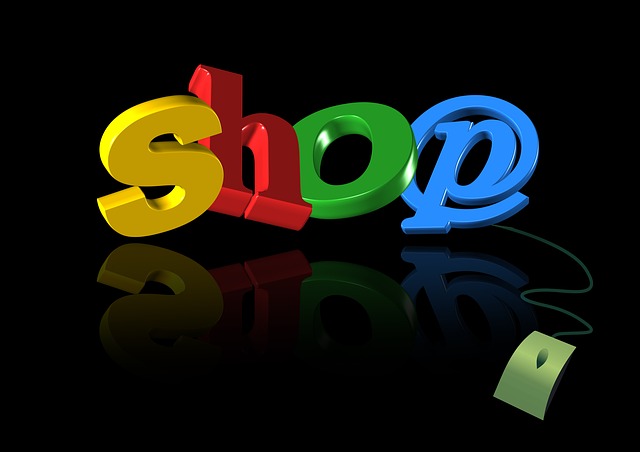Planning your SEO for an ecommerce website is unlike doing it for other websites. An online store has its own needs and particulars that you need to pay attention to. Some of the essentials might be the same, but there are a few differences that require you to do some extra things. Some of the tasks you need to perform are the same as any other website. For example, auditing your site and identifying the best keywords for you to use. But there are particular areas, such as product descriptions and images, where you should ensure you’re getting it right. Use this guide to improve or implement your ecommerce SEO.
Consider Outsourcing
Before you start getting to work on your site’s SEO, give an independent company some thought. Although you will be able to do some of it on your own, you probably don’t have years of experience. Seeking out the right expertise could be the best thing for you to do, even if it means paying for the service. You need to weigh the value of SEO packages against what you’re going to get out of it. You might have to put some of your finances towards having someone manage your SEO campaign. But it could bring you in more money and save you a lot of time. They have the skills to make your site successful, leaving you to concentrate on other things.
Keyword research is the fundamental starting point of any good search engine optimization campaign. Without the right keywords, you won’t be pulling in the best visitors or even any traffic at all. There are several important things to consider when you’re researching keywords for your site. Firstly, you have to remember the “long tail.” These are the keywords with fewer searches that can add up to many potential visitors. You also have to think about how people search when they’re looking for something to buy. They might start off looking for “black boots”, but by the time they want to make a purchase, it’s changed. At that point, they may be using more specific search terms, such as “black Dr. Martens size 5”. Keep this in mind when you’re researching the best words and phrases to use.
Audit Your Site
It’s a good idea to find out what is and isn’t working well before you make any changes to your site. Performing an SEO audit will help you do this. It will identify the mistakes you’re making and the successes too. There are a number of tools you can use to do this, which will scan your site for any errors. They will look at everything from links to CSS with SEO in mind and give you a report of anything you need to correct. It will help you find duplicate content, missing tags and other errors. These could trip you up when you’re trying to optimize your website.
Optimizing Product Descriptions
One of the things that are different about an ecommerce site is product descriptions. You might have hundreds or even thousands of products listed. Each of them should have a unique description. Many products bought from manufacturers will come with ready-made descriptions. However, it’s much better to write your own so that they stand out from other sellers. It’s important to optimize your descriptions not just for search engines but for people. No one wants to read boring, technical words that don’t tell them why they should wish to buy the product. Be creative, as well as including keywords to get search engines to take notice.
Each of your products needs to have at least one image too, and preferably more than that. Images can also be optimized for search engines, so be sure to choose the carefully too. As well as displaying on your website, they may also be seen in other places. For example, Google’s Shopping tab will show products directly in search results. When you put your images in, be sure to use the ALT text. Include keywords in a short description of the picture. It will be more accessible to both search engines and humans.
Mobile Searches
A large proportion of searches and online shopping are now done on mobile devices. So your ecommerce business needs on-site and off-site SEO optimized for mobile. Firstly, you should ensure that you have a mobile responsive website. Customers want to be able to use your site easily on the smaller screens of their tablets and phones. Responsive design is better than having both a desktop and mobile version of your site. It helps you to avoid duplicate content. Your web developer should focus on creating a responsive site. It’s a good idea to research the types of devices that your customers are using too.
SEO Content
Product descriptions and other concise information aren’t the only types of content you should have on your site. Expanding your SEO-optimized content with a blog is great practice too. It enables you to upload regular content to your website and bring in more visitors. Writing the best content is essential, starting with relevancy for your visitors. Anything you upload should be something useful or interesting to the people who buy your products. For example, tutorials and how-tos are often popular for blogs. Don’t just focus on your products, but on related topics too. If you sell wedding dresses, your blog can talk about all things weddings.
Link Building
You need to have a link building strategy for your site to gather inbound links. You don’t want any old links, however. You need them to come from quality, valuable sources. If they come from poor-quality sites, Google won’t look too kindly on your website. You can find the best sources by offering something in exchange for a link. It could be a guest post, a quote, a case study or something else. If you provide quality content on your site, you should be able to gather great inbound links organically.
Increasing sales for your ecommerce business requires a lot of effort. Start off with an SEO audit and you’ll know where you need to improve.






